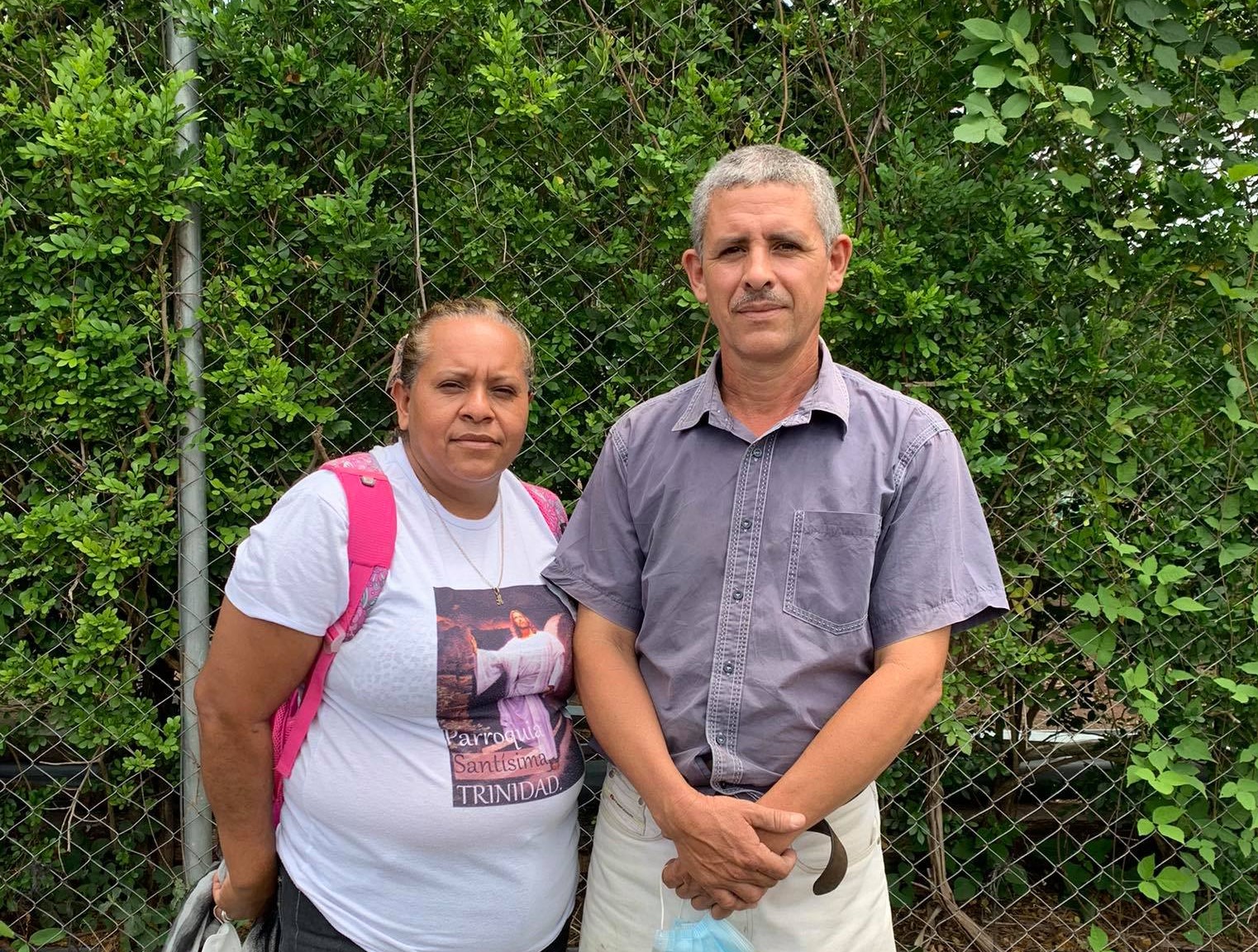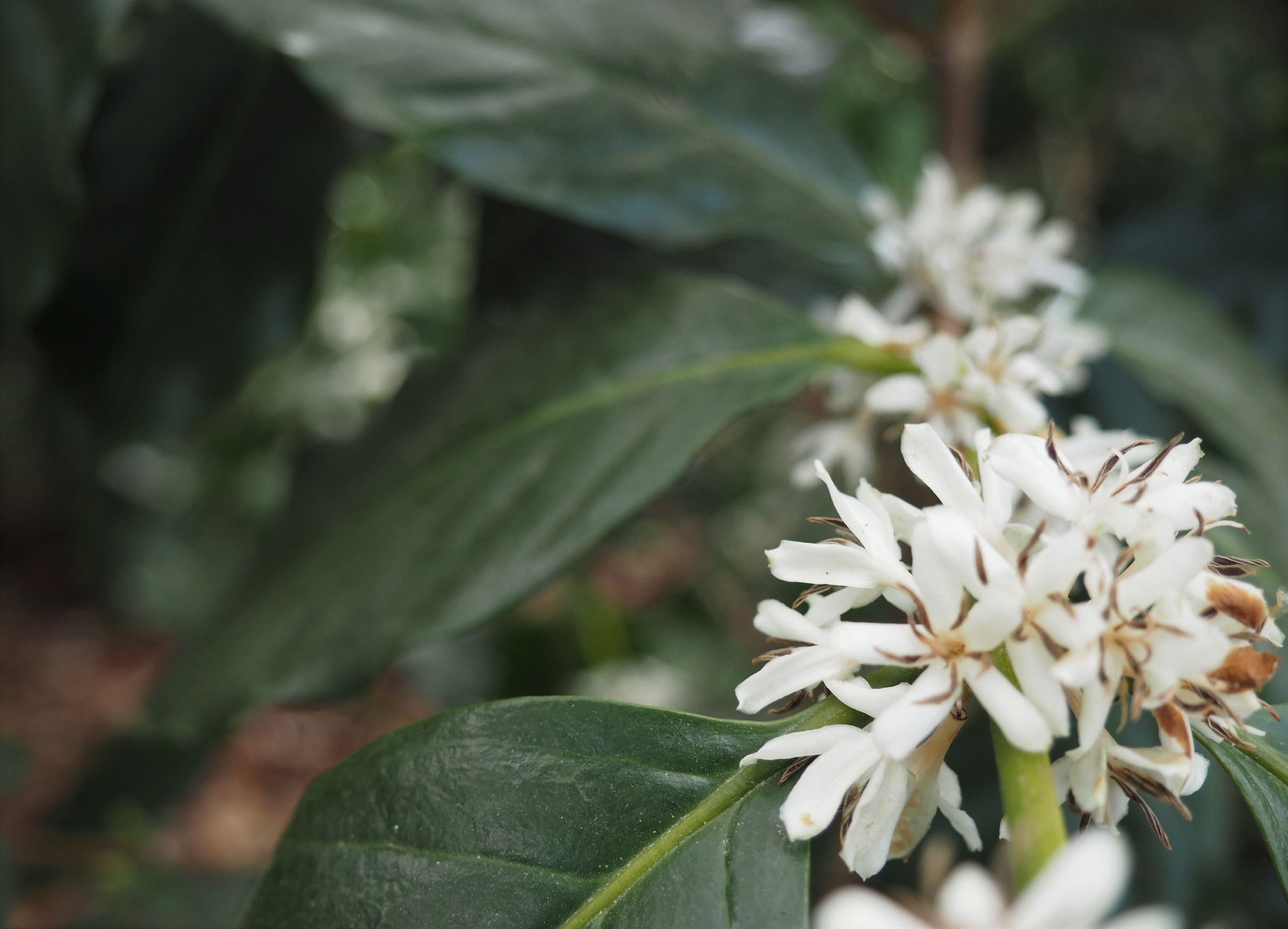Crown Jewel Nicaragua Organic Pueblo Nuevo Álvaro Sevilla Días Shade Dried
Boxes 0
Warehouses Oakland
Out of stock
overview
Overview
This is a traditional washed coffee from Estelí, Nicargua, produced by Álvaro Sevilla Días on his farm Aguacatal, in partnership with Groupo Eden. It is certified organic.
The flavor profile has plenty of sweetness, from honey to caramel, and abundant (albeit soft) malic fruits like apple and fig.
Our roasters found the coffee capable of absorbing heat quickly. They explored both light and dark options with a wide range of success.
The coffee was easy to dial in multiple brewers and well suited to batch and pour-over options.
taste
Taste Analysis by Chris Kornman
Deceptively straightforward, this Nicaraguan Jewel contains a nice degree of nuance that’s easy to explore both in the roaster and various brew styles. There’s a delicate but present acidity, reminiscent of green apples, with lots of sweetness to go around. We found lots of honey and caramel notes, and even at darker roast styles felt these flavors persisted, complemented nicely by expected dark chocolate and buttery body. At lighter roasts, hints of fig and even a whisper of florality are evident. As one of a very limited number of Nicaraguan coffees we release as a Crown Jewel this year, we’re thrilled to feature this little gem from Álvaro Sevilla Días and Groupo Eden.
source
Source Analysis by Mayra Orellana-Powell
Grupo Eden is an annual staple for Royal Coffee. Lots come from several different farms in various sizes, but always with a touch of reliability we have come to expect from the family patriarch Daniel Canales who organized the Eden group. The collective of family farms is located in San Francisco a community within the municipality of Pueblo Nuevo in the department of Estelí, Nicaragua.
This particular lot comes from a 20-acre farm called Aguacatal, which was purchased ten years ago by Daniel’s nephew, Álvaro Sevilla Días, his wife and two children. Five years ago, Álvaro obtained his organic certification for Aguacatal. During the harvest Alvaro employs 60 people from the community. Álvaro takes his carefully harvested cherry to the Eden group mill where it is sorted, depulped, fermented for 24 hours, washed, density sorted in classification channels, and then slowly dried under shade cloth on elevated tables. The Eden group also has a dry mill facility to prepare coffee for export, which ensures traceability and quality control through the entire process.
green
Green Analysis by Chris Kornman
Pristine Nicaraguan green coffee at its finest, this small lot from Álvaro Sevilla Días maintains the high standards established by the Canales family and Groupo El Eden. I’ve worked with coffees from the family’s Los Delirios project for many, many years now, and while Aguacatal is new to me this season, it has nothing short of a full endorsement.
The coffee is larger than average, clocking at mostly 17+ (with more than a third at an astonishing 19+). Density, unsurprising for larger beans grown at lower elevations, is a little below average. However, the coffee has been perfectly dried and despite the late arrival due to port congestion and container shortages, the coffee survived the journey intact and should last nicely for many months without losing vibrancy.
Álvaro is growing organic Caturra trees, a short-stature Bourbon mutation first discovered in Brazil in the 1930s. It’s well-loved for its high sensory potential, and its dwarf nature makes it possible to plant more densely than taller trees, increasing per-hectare yields.
diedrich ir-5
Diedrich IR-5 Analysis by Chris Kornman
Ever since we released CJO1428 Guatemala, I’ve been dialing and tweaking it as our Dark Roast here at the Crown. It’s a roast I’ve treated like a personal project: creating an intentional, methodical approach to reach the cusp of second crack while maintaining enough smokiness and viscosity to please the old-school crowd, while also attempting to mitigate bitterness and preserve the lovely inherent character of the beans.
With the Guatemala nearly sold out, we turned our attention to this Organic Nicaragua as a suitable replacement. Despite our increasing volume of dark roast usage, I’ve not scaled this roast up to the Loring yet. I like the Diedrich’s radiant energy conversion and airflow baffling technique for this style of roasting, it allows me to trap a little extra smoke in the drum halfway between first and second crack to give the coffee that desirable and distinctive darker flavor without necessarily taking it beyond just the first pops of second crack.
Álvaro Sevilla’s coffee got tricky with me right from the offset while trying to match my original profile, and honestly, it was a wild ride, and much more white-knuckled than expected given the plodding, 12+ minute roast time. This green is similar in density but much lower in water activity, and the coffee began absorbing heat much earlier than anticipated.
For most of the roast, I felt I was trying to hold the beans back from flying away. Fortunately, it also responded very quickly to minor changes in the burner setting, and so I was able to manage a few brief moments of panic without the threat of overcompensating.
I backed off the burners during Maillard a good amount more than the reference roast, and as a result got a slightly later first crack than expected, likely more an indicator of roasting choices than inherent proclivities. Despite 3 degrees hotter than profile, this coffee didn’t achieve 2nd Crack by the end of the roast. It did, however, come out at a nearly identical roast color.
On the cupping table the day after roasting, we were cautiously optimistic. The coffee seemed simple, but approachable. I was a little worried it wouldn’t hold a candle to the Guatemala, but when the barista team dialed the coffee in on our Curtis brewers it was not just drinkable, but truly enjoyable.
My next steps with this coffee will likely be to allow the coffee a little more leeway to roast quicker, and perhaps try ending the batch back at the 417F intended drop temp to help mitigate any persistent bitterness. Overall, however, this was a nice first attempt and showed me a lot about the coffee’s character and how it responds to heat.
Also, don’t skip Doris & Evan’s notes for lighter styles of roasting.
Bullet R1 IBTS
Bullet R1 IBTS Analysis by Evan Gilman
Fair warning, this was only my second roasting session on the Bullet. As I get used to working on this machine, you’ll see my parameters and suggested approach change. Consider the analysis below as a good starting point, but not the end all be all of roasting on the Bullet. More to come!
For this roast, I started with 250g of coffee, 383F charge temperature, and F4 fan. My starting heat application was at P4, and I decided on using D6 after some trial and error in previous roasts. Compared to my early fits and starts, I made more decisive moves on this roast since I had gotten to know how powerful the fan is in the Bullet. Take a look at the graph below!
As I get used to the Bullet, there are bound to be less-than-intentional results. With any luck, some of those will end up being happy accidents!
I started with the lower charge setting I’ve been using, 383F, with heat application at P4, and F4 fan (which is about as high as I like to use on a batch this small). Upon reaching turning point, I increased heat application to P7 and decreased fan speed to F1, much like I’d do on the Quest M3s. At yellowing point, I increased fan speed to F4 (perhaps a bit strong), and at about 360F I reduced heat application to P6. Honestly, keeping fan speed lower and heat application higher until 360F may have been nice.
Taking a look at the graph below, you can see that I didn’t take this coffee too far into sugar development territory. Luckily this coffee is already well within the borders of flavor country, unroasted. My brewed cup fairly overflowed with pineapple and peach notes at this light roast level, and despite the clear underdeveloped nature, it held an incredible amount of sugary sweetness. The acids here overwhelmed, however, and would have been tempered a bit by higher end temperatures. Due to my steady hand and a couple of roasts under my belt, I was able to achieve a balanced ratio between green/drying phase and Maillard. I do believe that balance is what saved this coffee.
I can definitely see this coffee performing well even at darker roast levels as well, with some of that abundant sweetness morphing into chocolate, hard candy, and maybe even some deeply chocolatey fudge textures. Keep an eye on the menu at The Crown – maybe even come by and grab a cup!
Ikawa
Ikawa Pro V3 Analysis by Doris Garrido
From the province of Estelí Nicaragua, this is a washed Caturra coffee, and is going to become the next dark roast drip option at the tasting room menu here at The Crown in Oakland. Because of that, we wanted to take notes on the Ikawa roast, observe, and learn how this coffee reacts with these four different profiles, then taste them carefully to decide the final profile that is going to hit the bar in the following months.
We noticed that this Nicaragua has a lot of citric acidity and has a nice sweetness to work with. The Crown Maillard + 30 SR 1 profile brings out its body with lemon acidity and fresh fig-like sweetness. The Crown Standard profile brought out some of the floral and orange sweetness, and overall low air flow ended up bringing a full body with a great balance between sweetness and citric acidity.
You can download the profile to your Ikawa Pro app here:
Roast 1: Crown Standard SR 1.0
Roast 2: Crown Maillard +30 SR 1.0
Roast 3: Crown 7m SR LowAF 2
brew
Brew Analysis by Colin Cahill and Zainab Syed
We are excited to be bringing this lovely, washed coffee from Grupo Eden into our Tasting Room, and we will be serving it soon as our dark roast batch drip option. Initial brews on our Curtis batch-brewer featured delicate acidity, pleasant sweetness, and a well-balanced body. We played around with it on different pour-over brewers as well, and for this analysis we used the Bee House and the Saint Anthony Industries C70. To highlight the crisp body and complex flavors we found in our brews, I want to describe in greater detail our original Bee House brew alongside a brew from the C70 (for which we used a coarser grind on our EK43).
The Bee House brew, with a higher extraction percentage (21.71%) delivered notes of white peach, fresh fig and mild red apple, along with some nutty flavors of raw pecan, and almond. The C70 made a cup that finished nearly a minute earlier, and was delightful to sip on. In this brew, we tasted peach and green apple with comforting sweet notes of caramel, honey, brown butter, apple pie and warm spices like nutmeg and clove. This coffee is tasty and easy to drink!





